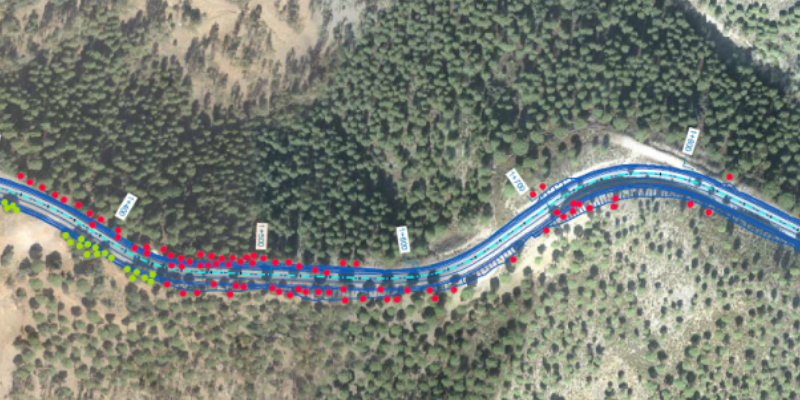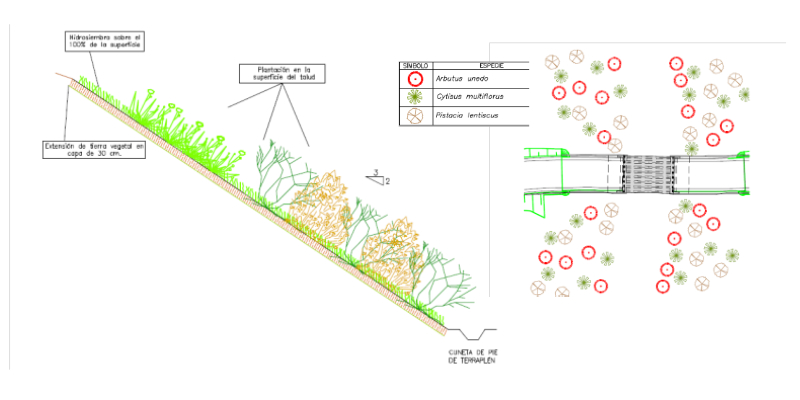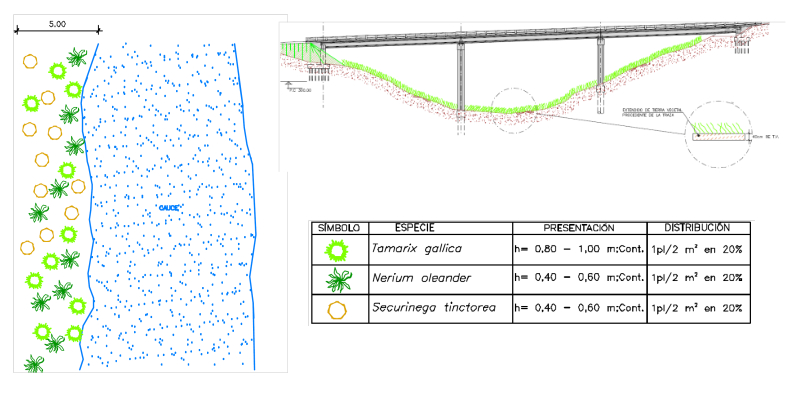Biodiversity and Landscape Management
Our team, with the advice of specialists in the fields of flora and fauna, carries out field surveys to identify conditions of affected habitats and presence of protected species. This allows us to an early identification of critical environmental components (protected flora, fauna and Natural Sites). This information is translated and integrated in a geographic information system (GIS) and crossed with the proposed project layouts.
Taking as baseline exiting cartographic information of Habitats of Natural Interests (1:50.000 -2002) we put our efforts on validation of the same and interpretation of existing land uses through field surveys. This led to the development of more accurate cartography (1:5.000), ultimately providing a proper impact assessment of the existing habitats.
− Innovative use of technologies resulted in a successful GIS based integration of thematic layers that enhanced project risks understanding and impacts on environment and facilitated decision making processes.
− Stakeholders Management, correct address of their claims and demands to get a broadly supported definition of compensatory and mitigation measures.
Some examples of our work
Arboriculture Survey
- Affected specimens identification
- Translocation viability assessment
- Individual protections for specimens within work area definition.
Survey Drawing (affected specimens of P. pinea (red spots) and Q. ilex (green spots)

Biodiversity Assessment
- Defragmentation Assessment and Permeability Enhancement
- Collision Risk Reduction
- Works temporal limitations (during earthworks)
Wildlife crossing to enhance permeability in the existing road

Landscape Integration
- Aesthetic quality of new generated areas enhancements (fills and embankments) through hydroseeding, native shrubs and trees planting, etc.
- Fauna crossings effectiveness improvement through native planting.
Embankments environmental integration (left) and fauna crossing enhancement (right)

Ecologic Restoration
- Works affected riverine areas restoration through native tree planting.
- Habitats of interest areas recuperation: native shrubs and trees planting.
Riverine areas restoration




